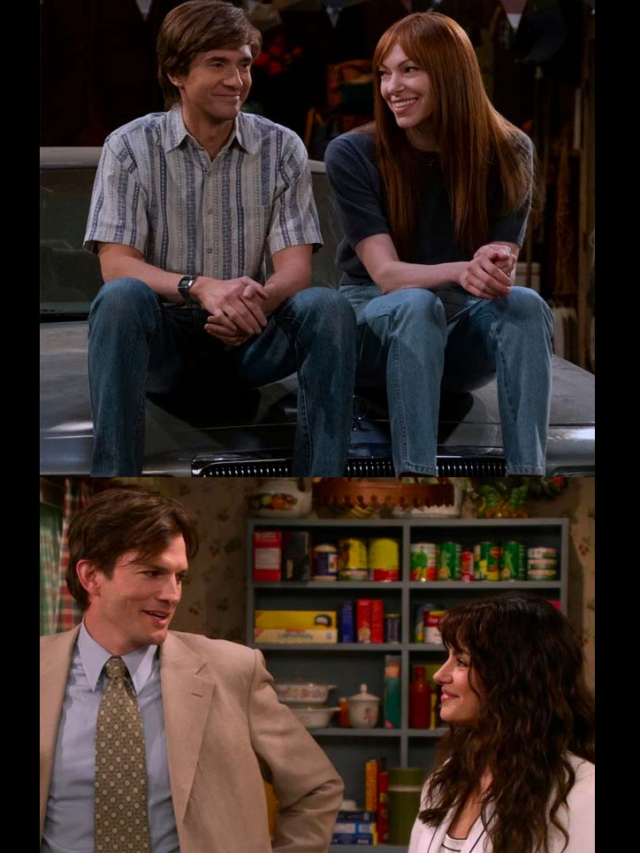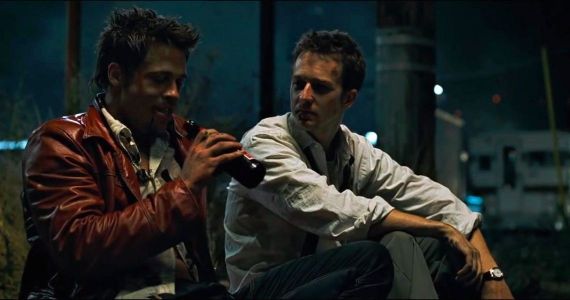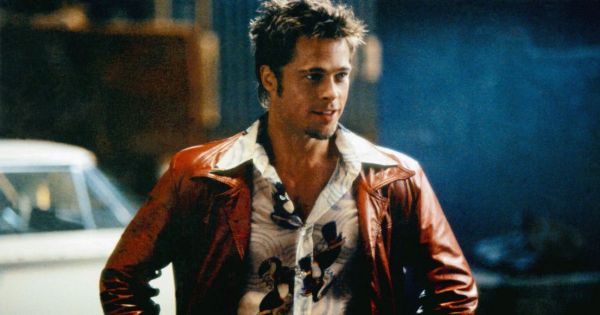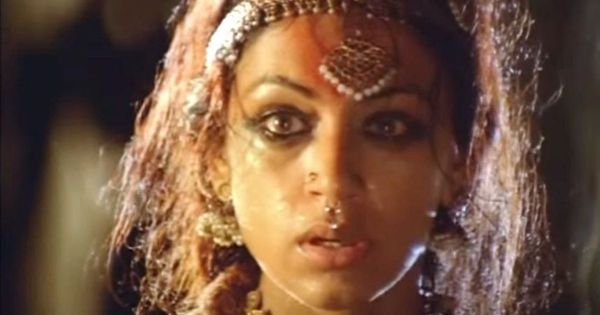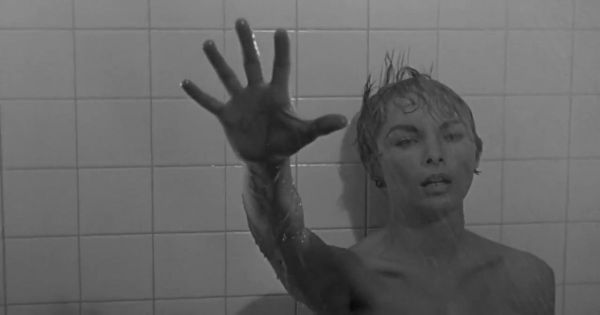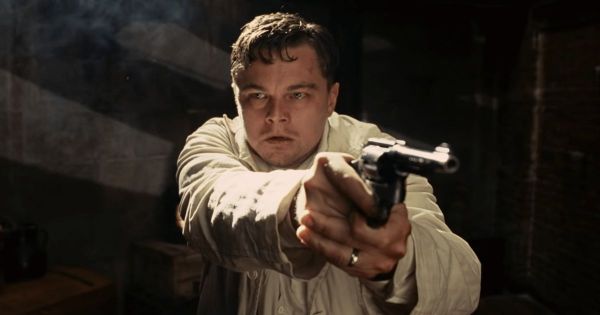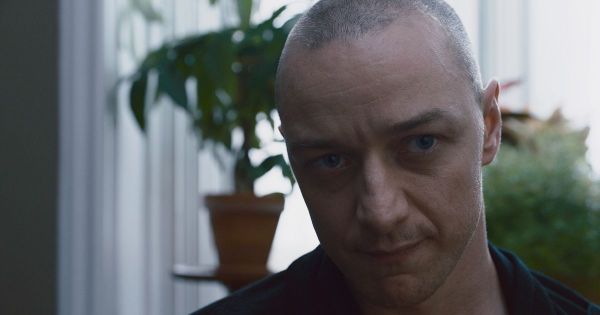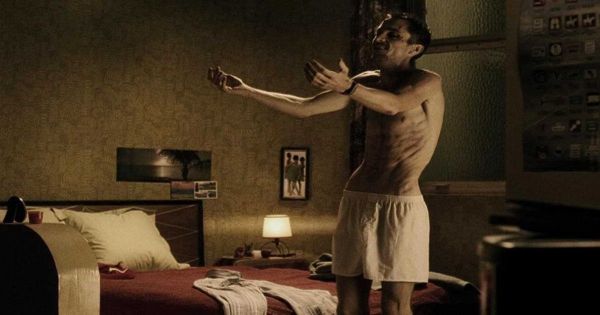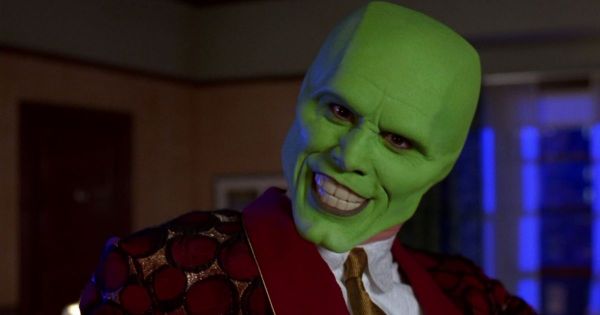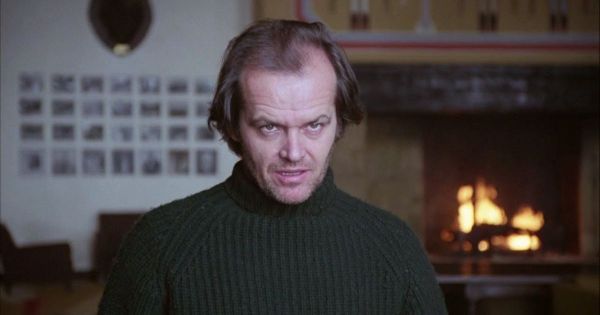Interesting characters make for interesting movies. When characters have a healthy dose of silliness and realism, they become engaging. The ability of the director to fully explore the psychosis of the source material, rather than just skimming the surface, makes a film dealing with scientific themes like multiple personality disorder stand out. On the other hand, effective filmmakers use scientific themes and psychological components and incorporate them into the narrative framework to produce a psychologically rich story that both teaches and entertains at the same time. The top films about multiple personality disorder are shown below, ranked.
Fight Club (1999)
Edward Norton plays a beat-down corporate drone of a person in David Fincher’s cult masterpiece. The narrator, who is dissatisfied with life and his job despite the material luxuries it provides, mostly experiences insomnia and frequent conflicts with his employer at work. This changes when he runs across Brad Pitt’s (Brad Pitt’s) smooth-talking, beer-swilling character Tyler Durden, who has a devil-may-care outlook on life. Durden quickly adopts the narrative and points out the several drawbacks of a capitalist society. The two then form a fight club together with the intention of viscerally beating one other into submission in an effort to decompress. The idea that Tyler Durden and the narrator are virtually the same person is masterfully crafted by director David Fincher for the movie’s climax.
Manichitrathazhu (1993)
Manichitrathazhu, directed by the renowned Indian filmmaker Fazil, combines elements of a psychological horror thriller with humor to counterbalance the story’s more somber themes. A young couple named Ganga and Nakulan are the center of the s tory; they travel to Nakul’s ancestral home for a festival. Nakulan’s relatives advise him not to stay at the house because it is said to be haunted, but he ignores them and chooses to move in with Ganga. Strange events begin to occur as soon as the couple moves in, including sounds coming from anklets, lights flickering erratically, and laughter. Only at the conclusi on does it become clear that one member of the family is suffering from an identity crisis and is to blame for these unusual occurrences.
Psycho (1960)
Psycho by Alfred Hitchcock is one of the most terrifying movies ever made. Hitchcock almost plays with the audience by gradually revealing the suspense, which continuously heightens the tension. Norma and Norman, a mother and son team, serve as the central characters in the story. The couple runs a motel that becomes the focus of a detective’s inquiry after a girl goes missing from the establishment. As the plot develops, Norman’s motivations are made more clear, and at the conclusion it is revealed that Norman’s mother, Norma, is actually deceased. Norman, who has personality disorders, takes on Norma’s role to cope with difficult feelings involving other people.
Shutter Island (2010)
Teddy Daniels (Leonardo DiCaprio), the protagonist of Shutter Island, experiences a mental breakdown while looking into a patient’s disappearance at the enigmatic mental facility on the island. In addition to revealing the hospital’s hidden secrets as the movie goes along, Daniels also reveals some information about his own mental state.
Split
M. Night Shyamalan, one of horror’s most prolific poster boys, directed Split. In the movie, James McAvoy plays Kevin, a kidnapper who is balancing around two dozen different identities inside of one body, from a British woman named Patricia to a New York fashionista. Split’s ability to terrify viewers is a result of McAvoy’s varied approach to the different personalities he plays. By depicting Kevin’s early years and the events that shaped him into the person he is today, Shyamalan skillfully helps us empathize with Kevin while simultaneously making us eerily dislike him due to his overall scary character throughout his multiple personalities.
The Machinist (2004)
In this strangely frightening movie, Christian Bale plays the part of Trevor, a machine operator who hasn’t been able to sleep well since he caused a tragic accident that cost one of his coworkers an arm. The event turns Trevor’s life on its head and sends his world into a tailspin of darkness. Trevor begins to occasionally run across an unexpected coworker named Ivan as he struggles to let go of the memories of the past. Ivan was a creation of Trevor’s imagination, a kind of incarnation of himself prior to the odd accident, it is revealed toward the end of the movie.
The Mask (1994)
The Mask is at the opposite end of the spectrum from Manichitrathazhu in terms of lightness. Jim Carrey plays Stanley in the now-iconic movie. Stanley is a sedate bank employee who transforms into a quirky, ridiculous, and crazy green-skinned superhero after finding a wooden mask made by Loki, the Norse god of mischief. The movie is a laugh-out-loud riot that contrasts two personality types in a humorous way.
The Shining (1980)
The Shining, which is based on Stephen King’s book of the same name, follows the tale of writer Jack Torrance who accepts a job as an off-season caretaker of a remote hotel at the busiest time of the year. Jack begins to lose his mind as he spends time with his wife, son, and the enormous and deserted hotel. At the end of the movie, when he chases his wife and young boy with an axe, his aura changes from frightening to downright bonkers.
Our Team DCS includes 5 different writers proficient in English and research based Content Writing. We allow them and encourage them to follow the Entertainment news all day long. Our posts, listicles and even the exclusives are a result of their hard work.

